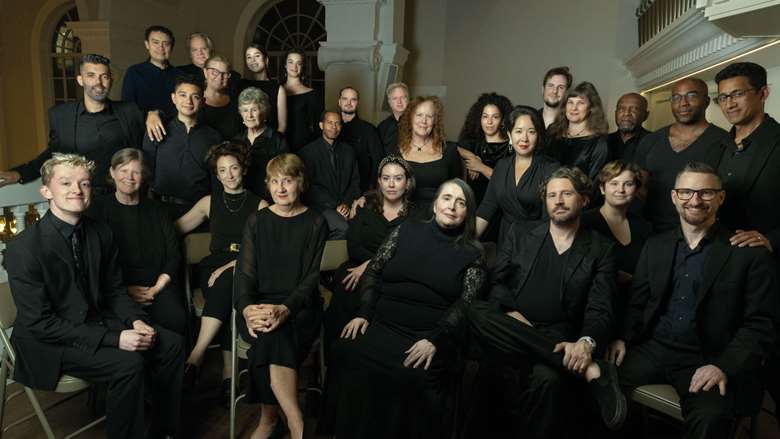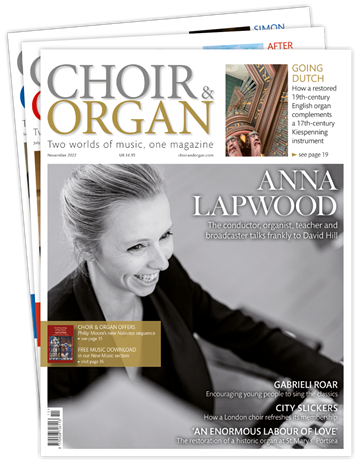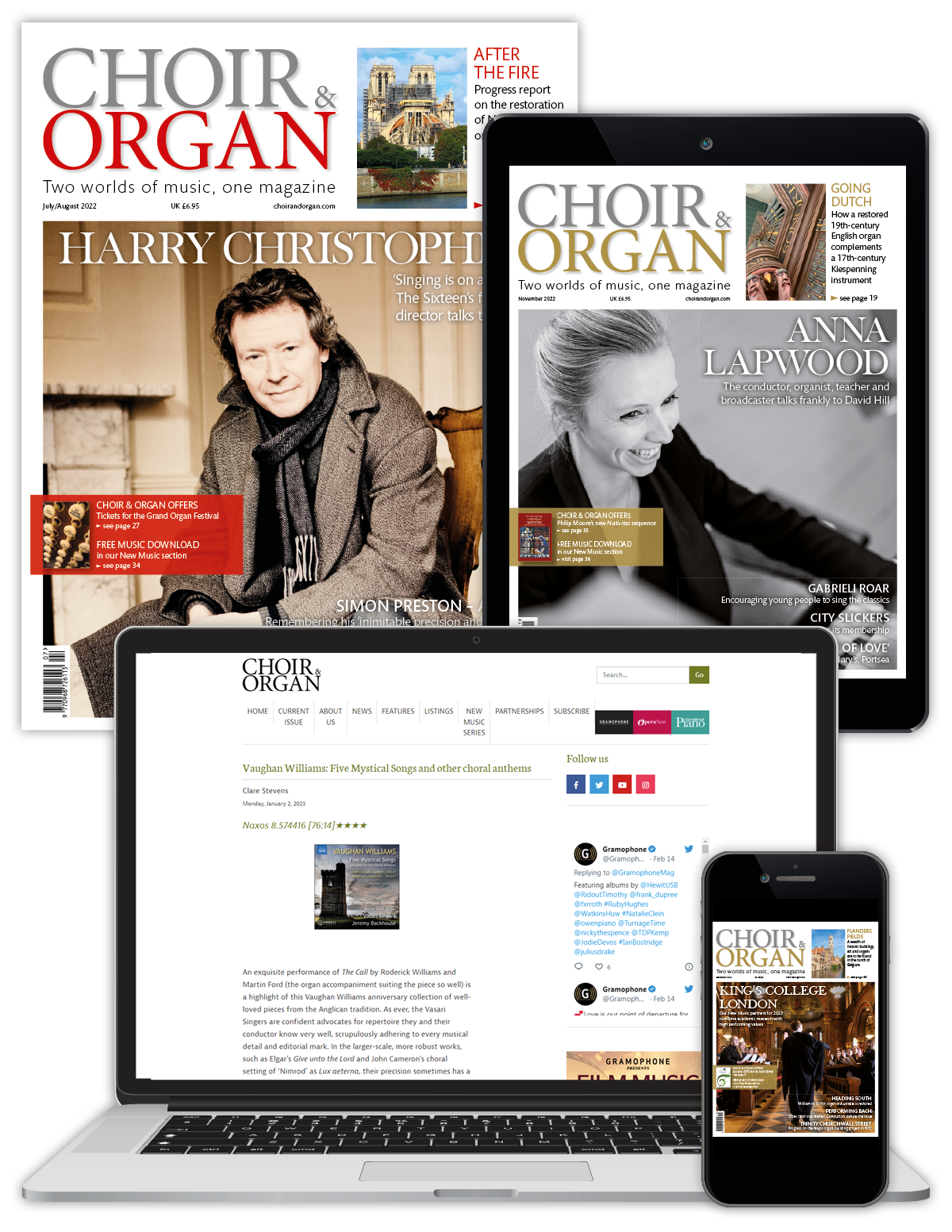Musica Viva: sounds of the city
Clare Stevens
Friday, February 23, 2024
With a commitment to new music and diverse composers, New York City choir Musica Viva is paving the way for daring collaborations

Register now to continue reading
This article is from Choir & Organ. Don’t miss out on our dedicated coverage of the choir and organ worlds. Register today to enjoy the following benefits:
- Free access to 3 subscriber-only articles per month
- Newly-commissioned sheet music to download from our New Music series
- Unlimited access to Choir & Organ's news pages
- Monthly newsletter






